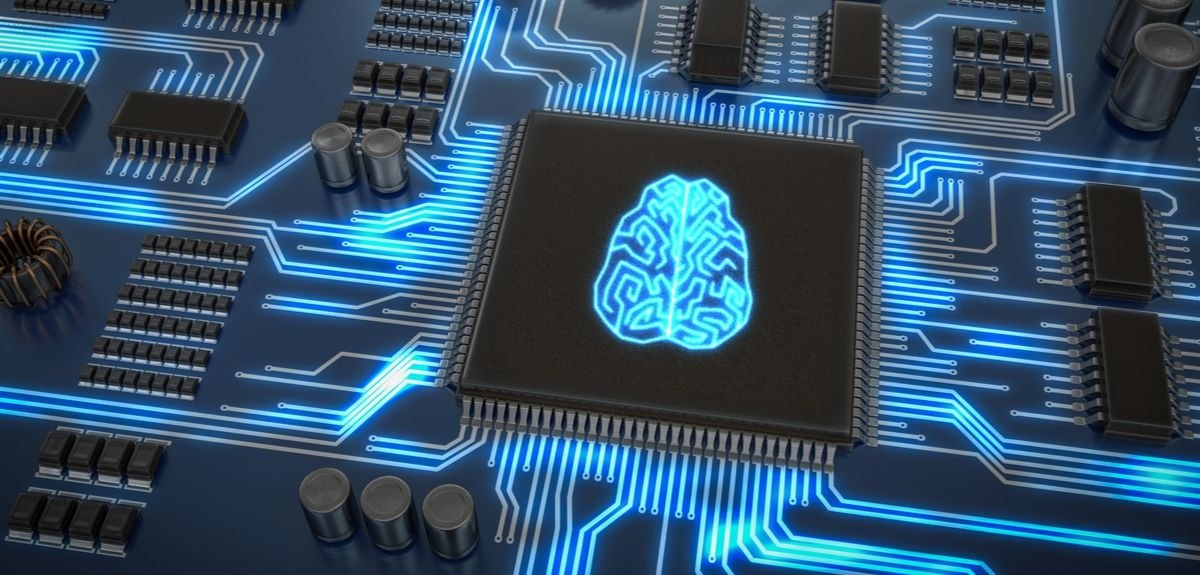The CPU is the brain of a computer, containing all the circuitry needed to process input, store data, and output results.
CPU holds all the instruction given to compuer and wrok accordingly. For an example the CPU processed the instructions to use a calcuator and display the calculator application on the screen to perform the task.
The Brains of the Computer
The CPU equals the human brain. Every operation you perform on a computer is processed by the CPU. Your computer’s performance is based on simple mathematical operations, and the CPU is the device that controls all operations.
Let’s say we are using a calculator to multiple two numbers. You enter the numbers using your keyboard. The keyboard controller turns all of that information into binary code.
Binary code consists of sequences of 0 and 1. This information is then sent to the registry and then transferred to the CPU. The CPU has an integrated Arithmetical Logical Unit. The ALU is responsible for all mathematical and logical operations.

Your request to add two numbers comes to the CPU and is transferred to the ALU. The ALU adds the binary numbers and returns the answer to the CPU, which transfers the answer to an output device.
Know What is Binary Number?
What does the CPU do?
The main function of the computer’s CPU is to store and process all mathematical and logical calculations with input data and to provide output inforation to users.
- The CPU gets the information when the computer inputs the data through input devices from keyboard or mouse.
- After that, the CPU process input information by performing calculations and algorithm task.
- CPU provides show data through output devices using monitor screen.
- CPU also stores the process data in the form of a cache for future use.

How CPU (Central Processing Unit) Works?
Each command is stored in memory and has its own address. The processor obtains this address from the program counter, which is responsible for what further instructions the CPU must execute.
Fetch: Each command is stored in memory and has its own address. The processor obtains this address from the program counter, which is responsible for what further instructions the CPU must execute.
Decode: All programs to be executed are translated into Assembly instructions. Assembly code must be decoded into binary instructions, which are understandable to your CPU. This step is called decoding.
Execute: While executing instructions, the CPU can do one of three things: Do calculations with its ALU, move data from one memory location to another, or jump to a different address.
Store: The CPU must give feedback after executing an instruction, and the output data is written to the memory.

What are the Components of CPU?
The components of the CPU are the Arithmetic logic unit (ALU), control unit (CU), registers, cache, buses, and clock. These CPU components are used in the functioning of a microprocessor.
What are the Types of CPU?
The major types of CPU are classified as a core that is single-core, dual-core, Quad-core, Hexa core, Octa-core, and Deca core processor.
All computer processors started using names like Athlon, Duron, Pentium, and Celeron.
In addition, these core processors are further classified in different architectures like 64 bit and 32 bit with different speeds and capacities.

History of CPU
The CPU was first developed and invented by Intel with the help of Ted Hoff and left in the early 1970s. 4004 processor was the first processor launched by Intel. The image of which is shown in figure.
How Fast is the CPU in the Computer? *
The speed of your CPU, known as clock speed, is the number of cycles the chip performs in one second. The faster the CPU runs, the more processes it can run at any given time. A CPU with a clock speed of 3 GHz, for example, can run 3 thousand million cycles each second.
How do I find CPU speed on my computer?
- Click Start.
- Select the Control Panel.
- Select System. Some users will have to select System and Security, and then select System from the next window.
- Select the General tab. Here you can find your processor type and speed, its amount of memory (or RAM), and your operating system.
What Affects the Speed of a CPU?
- Multiple cores.
- Cache memory,
- Clock speed,
- word length,
- address bus width,
- data bus width.
Furthermore, how do I increase CPU speed? Here are some ways you can improve computer speed and its overall performance.
How to Change CPU Fan Speed Without Bios?
- Uninstall unnecessary bloatware.
- Limit the programs at startup.
- Add more RAM to your PC.
- Check for spyware and viruses.
- Use Disk Cleanup and defragmentation.
- Consider a startup SSD.
- Take a look at your web browser.
I hope you get the answer to what is the function of cpu in computer and how cpu works. Share the post to everyone to get know the working of CPU easily.
Spread the Insights!
